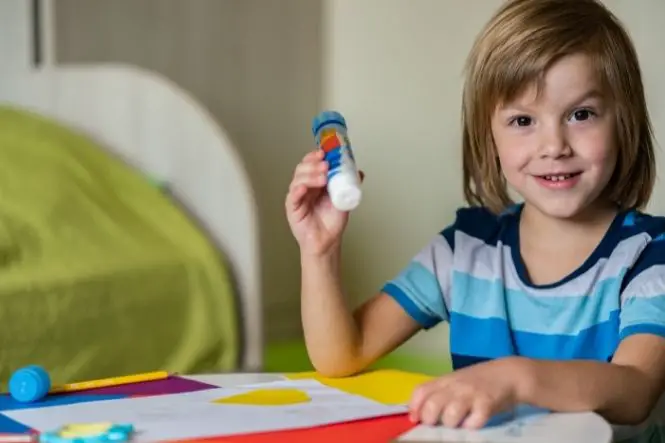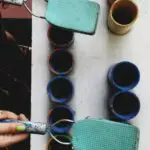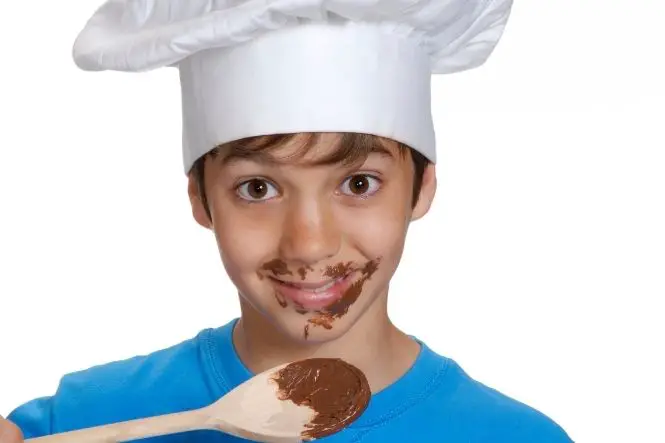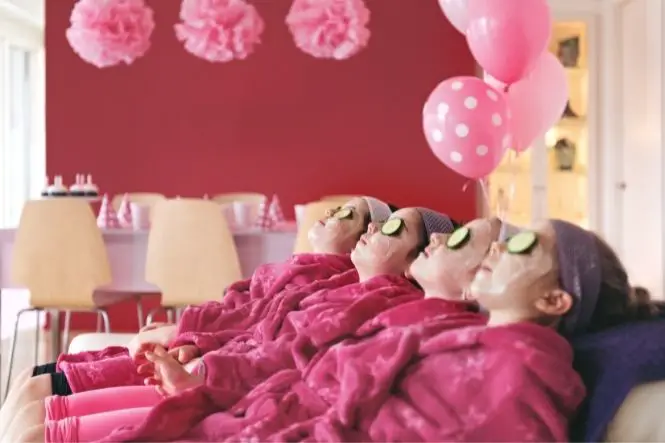Arts and crafts provide lots of good family fun yet it can be incredibly dangerous. Safety needs to be remembered at all times; there are few activities that pose such a wide range of hazards. Bear in mind two main rules. First, choose crafts that are age appropriate. Every child is different, use common sense to judge your child’s capabilities. The second rule is that crafts for kids should have some level of supervision. Finally, it’s a really good idea to think about learning some simple first aid techniques.
Table of Contents
Think Like a Child
Sometimes, threats to a child’s safety can be missed by the most careful parents. The best way to identify these dangers is to view your family fun through a child’s eyes. Children unthinkingly put themselves at risk with items like lengths of cord, beads or pens. If a child is totally absorbed they can unwittingly endanger themselves by, for example, balancing precariously on their chair. Think like a child and identify which items and activities could be harmful, never be complacent or allow your attention to wander.
Poisoning Hazards
One of the most obvious threats to your child’s safety is poisoning. Crafts for kids rely on all sorts of potentially dangerous substances and liquids. Safe and non-toxic paint and glue are all readily available. However, care still needs to be taken as very young children often fail to distinguish between edible treats and other substances.
Choking Dangers
Choking hazards are present in most craft activities. It is vital that you remember to use age appropriate materials. Younger children and babies instinctively sample unusual textures or items with their mouths. This is really important if you are using materials like play dough.
A big danger is pen lids. Children always seem to chew or suck the lids, even older children. To minimise the risk to their safety, look out for pens that have safety caps. These are lids with ‘breathing holes’ which allow your child to breathe if they accidentally swallow the cap.
Don’t forget that packaging can be risky too. Bags, plastic wrappers and films are potentially very dangerous items if abused or mishandled.
Cutting Risks
Using scissors must be supervised carefully. Plastic safety scissors are perfectly acceptable for younger children. Take care with other sharp objects such as fastenings or pins. Less obvious sources of danger are broken or cracked craft materials. A broken yoghurt or food pot should be removed immediately to prevent cuts and injuries from the sharp edges.
Outdoor Family Fun
There are lots of ways of having crafty fun outside. Don’t forget dangers like the heat of the sun on a hot day. Make sure you supply loose clothing, a sun hat and plenty of sun cream.
Other outdoor hazards are craft activities involving sand. Sand stored outdoors must be covered to protect it from animals and the bacteria they can deposit. Also make your child aware of the importance of keeping sand away from their eyes.
If you use any water, for activities like ‘make-believe’ water painting, don’t forget that even a bucket or bowl can pose drowning dangers to small toddlers.
Perils in the Kitchen
Having fun with crafts in the kitchen is a good opportunity to show your child basic food safety. Teach them the importance of food hygiene and simple measures like hand washing. Kitchens are packed with sharp and dangerous items. Consider any dangers posed by food allergies and for total safety don’t use food items that may contain nuts.
Don’t let concerns about child safety spoil any of your projects together, just remember to be sensible and vigilant. With common sense precautions in place you will be able to relax and concentrate on having fun.







